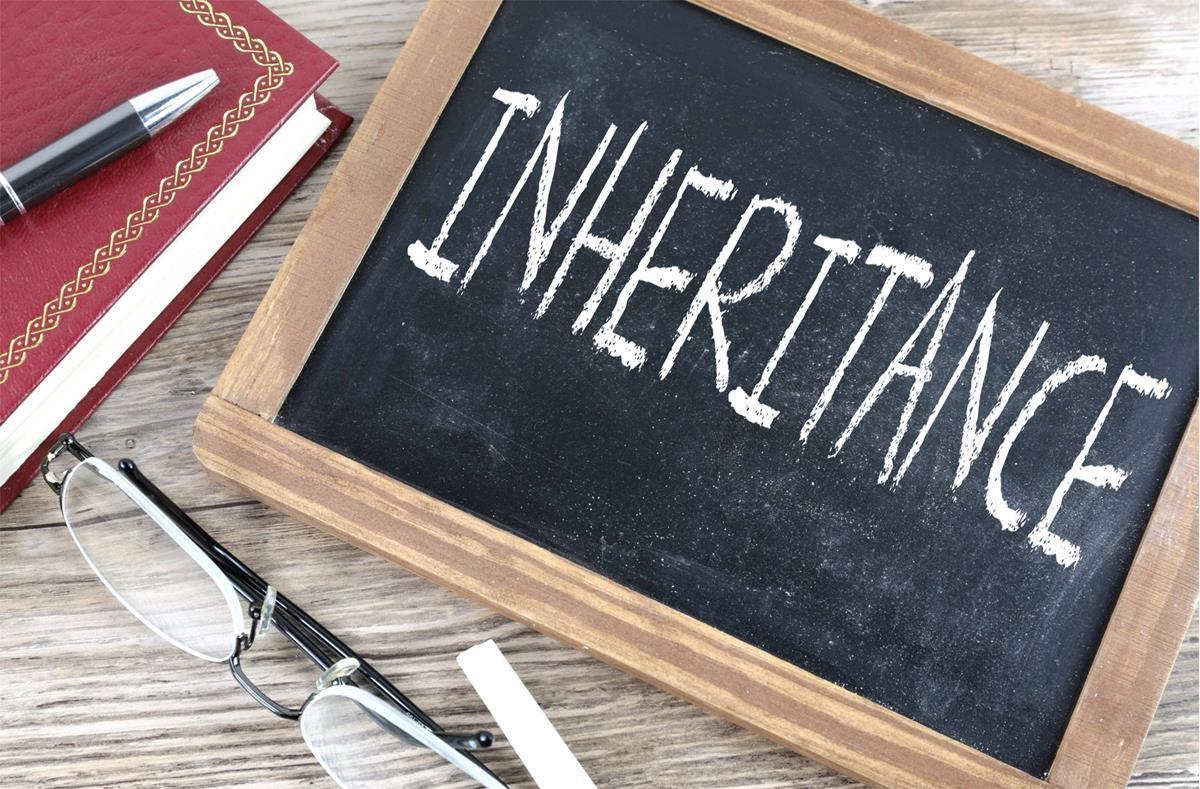Insight into Post-Death Trust Transfer:
Transferring real estate from a trust following the trustor’s death can seem overwhelming. However, with the right information and support, it can be managed effectively. This detailed guide will explore the necessary steps to transfer a house from a trust after the trustor’s passing. From grasping the legal obligations to practical suggestions and case studies, we will provide all the information required to navigate this crucial transition smoothly.
Understanding the Transfer Process After Death:
Upon the trustor’s demise, the successor trustee takes on the responsibility of overseeing and distributing the trust assets in accordance with the stipulations outlined in the trust document. If the trustor held real estate within the trust, transferring the property to the beneficiaries or heirs necessitates following specific legal protocols.
Steps for House Transfer from a Trust Post Trustor’s Passing:
- Acquire a Certified Copy of the Death Certificate: The initial step in transferring real estate from a trust after the trustor’s death involves obtaining a certified copy. This document is crucial for commencing the transfer procedure.
- Review the Trust Document: The successor trustee should meticulously examine the trust document to comprehend the terms and directives concerning the distribution of real estate assets.
- Identify the Beneficiaries: Determine the beneficiaries or heirs entitled to a portion of the real estate property as specified in the trust document.
- Evaluate the Property: It is advisable to seek a professional appraisal of the property to ascertain its current market value. This assessment will aid in establishing the property’s fair market value for tax purposes.
- Resolve Outstanding Debts and Taxes: Prior to transferring the property to the beneficiaries, the successor trustee must settle any outstanding debts, mortgages, or taxes linked to the property.
- Prepare and Execute Deed Transfer: The successor trustee must draft a deed transfer document transferring property ownership from the trust to the beneficiaries. The deed transfer must be appropriately executed and recorded with the county recorder’s office.
- Notify Relevant Parties: Inform all concerned parties, including the beneficiaries, heirs, and creditors, about the property transfer from the trust.
Advantages and Practical Suggestions:
- Avoiding Probate: Real estate can be smoothly transferred to beneficiaries without undergoing the lengthy and costly probate process by transferring through a trust.
- Consulting Legal Experts: Seeking guidance from legal professionals specializing in trust administration can ensure adherence to legal requirements and seamless execution of the transfer process.
- Maintain Comprehensive Records: Keep detailed records of all transactions and communications related to the property transfer from the trust for future reference and documentation.
Real-Life Example:
In a recent scenario, a family successfully transferred their deceased parent’s house from the trust by following the aforementioned steps. Through consultation with a trust attorney and diligent management of the transfer process, they distributed the property to the beneficiaries without encountering any legal complications or delays.
Conclusion:
Transferring a house from a trust after the trustor’s death demands meticulous planning, legal adherence, and effective communication with all involved parties. By adhering to the steps outlined in this guide, you can navigate the transfer process seamlessly and ensure the efficient distribution of real estate assets to the beneficiaries. Remember to seek advice from legal professionals and maintain detailed records to facilitate a smooth transition of property ownership.
 Unlocking Inheritance: The Ultimate Guide to Transferring a House from a Trust After Death
Unlocking Inheritance: The Ultimate Guide to Transferring a House from a Trust After Death
When a loved one passes away, inheritance can become a complex and emotional process. Transferring a house from a trust after death is a common situation that many individuals face. In this comprehensive guide, we will explore the steps involved in unlocking inheritance and transferring a house from a trust after the grantor has passed away.
Understanding Trusts and Inheritance
Before we delve into the specifics of transferring a house from a trust, it is essential to understand what a trust is and how it functions in the context of inheritance. A trust is a legal arrangement in which a grantor (the individual who creates the trust) transfers assets, such as a house, to a trustee to manage on behalf of beneficiaries.
Upon the grantor’s death, the assets held in the trust are distributed to the beneficiaries according to the terms outlined in the trust document. In the case of a house held in a trust, the trustee will oversee the transfer of ownership to the designated beneficiaries.
Steps to Transfer a House from a Trust After Death
Transferring a house from a trust after the grantor’s death involves several key steps. It is crucial to follow these steps carefully to ensure a smooth and legally valid transfer of ownership. Here is a breakdown of the process:
1. Identify the Trustee: The first step in transferring a house from a trust is to identify the trustee responsible for managing the trust assets, including the house.
2. Provide Proof of Death: To initiate the transfer process, the trustee must provide proof of the grantor’s death, such as a death certificate.
3. Review the Trust Document: The trustee should carefully review the trust document to understand its terms and conditions, including how the house is to be distributed to the beneficiaries.
4. Assess the House Value: It is advisable to obtain a professional appraisal of the house to determine its fair market value at the time of the grantor’s death.
5. Transfer Ownership: The trustee must complete the necessary paperwork to transfer ownership of the house from the trust to the designated beneficiaries. This may involve filing a deed with the appropriate local government office.
6. Notify Beneficiaries: Once the house transfer is complete, the trustee should notify the beneficiaries of their inheritance and provide them with the necessary documentation, such as a copy of the deed.
7. Update Property Records: It is important to update the property records with the new ownership information to reflect the transfer of the house from the trust to the beneficiaries.
Benefits and Practical Tips
Transferring a house from a trust after death can offer several benefits, including:
– Avoiding Probate: Assets held in a trust are typically not subject to the probate process, which can help expedite the transfer of ownership to beneficiaries.
– Privacy: Trusts provide a level of privacy as they are not part of the public record, unlike wills that are subject to probate court.
– Asset Protection: Trusts can provide asset protection for beneficiaries, as the assets held in a trust are separate from personal assets and may be shielded from creditors.
Here are some practical tips to consider when transferring a house from a trust after death:
– Work with Professionals: Consider consulting with an estate planning attorney or a financial advisor to ensure that the transfer process complies with legal requirements.
– Keep Records: Maintain detailed records of all transactions and communications related to the house transfer from the trust to the beneficiaries.
– Communicate Clearly: Keep beneficiaries informed throughout the process and address any questions or concerns they may have regarding their inheritance.
Case Studies
Case Study 1: The Smith Family Trust
Mr. and Mrs. Smith established the Smith Family Trust to transfer their family home to their children upon their passing. After Mr. Smith’s death, the trustee facilitated the transfer of the house to the beneficiaries according to the terms outlined in the trust document. The house was appraised and updated property records were filed to reflect the new ownership.
Case Study 2: The Johnson Revocable Trust
Ms. Johnson created a revocable trust to hold her assets, including her primary residence. Upon her death, the trustee oversaw the transfer of the house to her grandchildren as specified in the trust document. The beneficiaries were notified of their inheritance, and the property records were updated accordingly.
Firsthand Experience
I recently transferred my grandmother’s house from her trust after she passed away. Working with an estate planning attorney was invaluable in navigating the legal requirements and ensuring a smooth transfer of ownership. Keeping open lines of communication with my family members throughout the process helped alleviate any concerns or uncertainties they had about their inheritance.
In conclusion, transferring a house from a trust after death requires careful planning, attention to detail, and adherence to legal requirements. By following the steps outlined in this guide and seeking professional guidance when needed, you can successfully unlock inheritance and transfer a house from a trust to beneficiaries promptly and efficiently.


